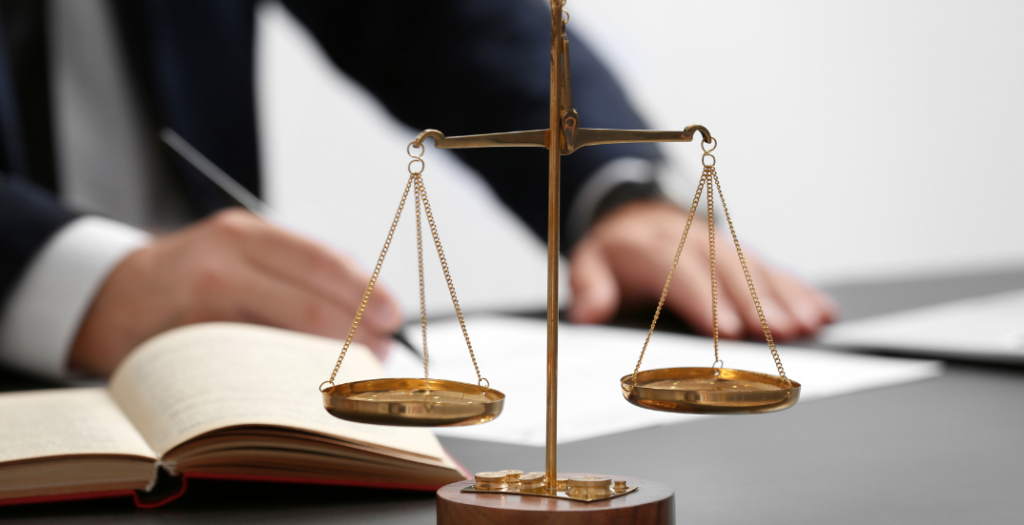
Founding Member & Managing Partner at Gina Corena & Associates
Practice Areas: Personal Injury

Dealing with insurance companies after an accident can be frustrating. While they may seem cooperative, their goal is to minimize payouts and protect their bottom line. This often means using settlement tactics to devalue or deny valid claims.
If you’re in this situation, understanding these tactics and knowing how to counter them is crucial. In this guide, we’ll uncover the most common strategies insurance companies use and how you can protect your rights.
Insurance companies operate as for-profit businesses. Their financial success depends on paying out as little as possible while still appearing to serve policyholders.
According to the National Association of Insurance Commissioners (NAIC), insurance companies collect over $1.3 trillion in premiums annually but consistently look for ways to reduce claim payouts.
This means claim adjusters are trained to reduce settlement values, dispute liability, and even deny valid claims whenever possible.
“The insurance company is not your friend. Their primary goal is to protect their profits—not your rights.”
— Gina Corena, Personal Injury Attorney
Shortly after your accident, the insurance company may offer a fast settlement before you even understand the full extent of your injuries.
What to do:
Never accept a settlement without consulting a personal injury attorney who can accurately assess your damages.
“A quick settlement is rarely a fair one. The insurer is betting on your desperation—don’t let them win.”

Insurance adjusters may ask you to sign a broad medical release form under the pretense of verifying your injuries.
However, this allows them to:
What to do:
Only release specific medical records related to your accident. Consult a lawyer before signing anything.
“A medical release form is a fishing expedition—insurance companies use it to find reasons to deny your claim.”
Insurance companies intentionally delay claims in the hopes that:
What to do:
“Delays are a tactic, not an accident. The longer they stall, the more they hope you’ll settle for less.”
Adjusters may ask for a recorded statement under the guise of “clarifying the details.” However, their fundamental objective is to:
For example:
What to do:
“Anything you say can—and will—be used against you in settlement negotiations.”
Insurance companies actively monitor social media for posts that:
What to do:
“A single social media post can cost you thousands in lost compensation.”
Delaying treatment can weaken your claim. Follow all medical recommendations and keep detailed records.
Initial settlement offers are strategically low. Always consult an attorney before agreeing to any amount.
A skilled lawyer negotiates on your behalf. They know how to counter insurance tactics effectively. Legal representation can increase settlement values by 3x or more. (Source: Insurance Research Council)
“An experienced attorney levels the playing field and ensures you get the compensation you deserve.”

The best way to handle insurance tactics is to avoid speaking with adjusters directly and hire a personal injury lawyer. They can negotiate fair compensation and prevent you from making mistakes that could harm your claim.
Yes, but it’s not recommended. Insurance adjusters are trained to manipulate claimants into accepting lower settlements. An experienced attorney can ensure you receive the full amount you’re entitled to.
If your claim is denied, you still have options. Your lawyer can:
Insurance companies delay settlements to pressure claimants into accepting lower offers. They know that financial stress might force victims to settle for less than they deserve.
If you post about your recovery, travel, or physical activities, the insurance company may use it as evidence that you are not truly injured. It’s best to stay off social media until your case is resolved.
Insurance companies use a variety of tactics to devalue, delay, or deny claims—but you don’t have to fall for them. By understanding their strategies and working with an experienced personal injury attorney, you can protect your rights and maximize your settlement.
At Gina Corena & Associates, we specialize in fighting insurance companies and securing the compensation our clients deserve. If you’ve been injured, don’t let the insurance company take advantage of you.
Contact us today for a free consultation!

As founder of Gina Corena & Associates, she is dedicated to fighting for the rights of the people who suffer life-changing personal injuries in car, truck and motorcycle accidents as well as other types of personal injury. Gina feels fortunate to serve the Nevada community and hold wrongdoers accountable for their harm to her clients.